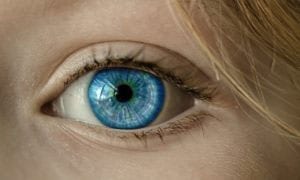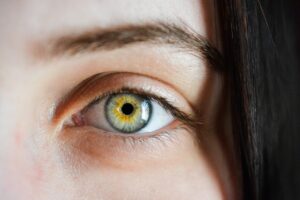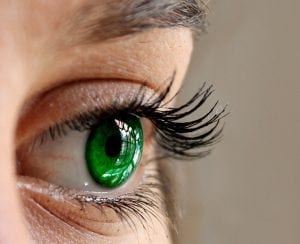Keratoconus
What is keratoconus?
Keratoconus is a disorder affecting the cornea of the eye. It is characterized by progressive thinning of the cornea, often resulting in a conical bulge toward the center of the eye.What are the symptoms of keratoconus?
Keratoconus typically affects both eyes, though the disease may progress in different rates in each. Symptoms tend to begin around the ages of 10 to 25 and may last 10 years or longer. The most common and earliest symptoms are blurred vision, and increased sensitivity to light. People affected by keratoconus may also notive a frequent need to update their eye prescription, and may also experience sudden worsening or clouding of their vision.What causes keratoconus?
The cause of keratoconus is currently unknown. A combination of genetic and environmental factors is suspected. Genetic factors seem to include abnormalities in collagen related genes, but specific genes have not yet been identified. Keratoconus is more common in people with Down syndrome, Marfan syndrome, Leber congenital amaurosis. Environmental factors may include prolonged or intense exposure to sunlight, and frequent or intense rubbing of the eyes.How is keratoconus diagnosed?
Keratoconus is diagnosed through an examination of patient and family history in combination with a thorough eye exam. Corneal topography or computerized mapping may be used to confirm the diagnosis.What are the treatments for keratoconus?
A wide variety of treatments exist for keratoconus depending on severity. Treatments range from corrective eyeglasses or lenses, to surgery, implants, and transplants.Where can I find out more about keratoconus?
Keratoconus Articles

Disabled Journalists Have to Fight to Get into Newsrooms
Patient Worthy Contributor
December 18, 2024
Read More »

Intrastromal Lamellar Keratoplasty with Collagen Cross-Linking Improves Progressive Keratoconus
Jessica Lynn
April 10, 2024
Read More »



Using the Location Consistency Index to Identify Eyes with Subclinical Keratoconus
Alyssa Stevens
January 26, 2022
Read More »

Disabled Journalists Have to Fight to Get into Newsrooms
Alyssa Stevens
November 12, 2021
Read More »

A New Study Finds CXL for Keratoconus and Ectasia is Still Effective After 10 Years
Trudy Horsting
September 8, 2021
Read More »

Novel Keratoconus Surgery Performed in Australia for the First Time
Trudy Horsting
July 2, 2021
Read More »



